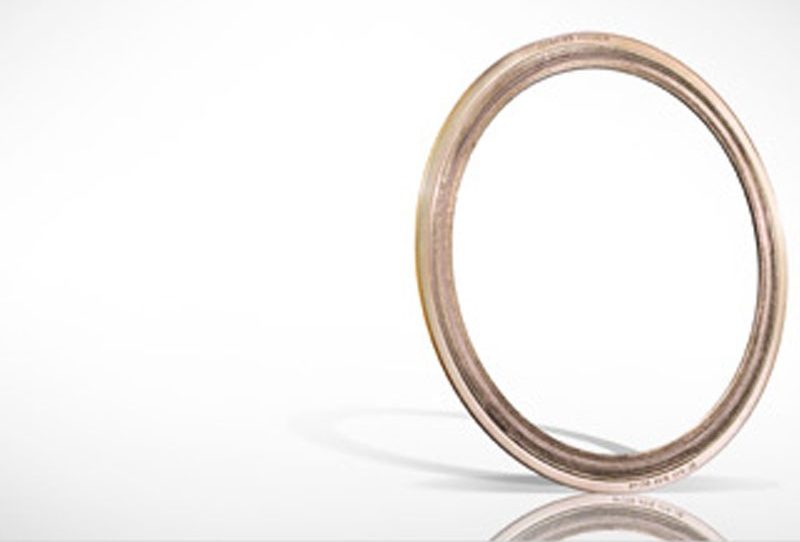Stainless steel covers a wide range of alloys with different properties. One property all stainless steels have in common is that they all contain at least 12 percent chromium. They can be divided into three main groups: Austenitic stainless steel, Ferritic stainless steel and Martensitic stainless steel. We will discuss the metal properties of stainless steel.
Metal Properties of Stainless Steel
Stainless steel is a type of alloy steel that resists rust and other forms of corrosion. Also, it has an attractive appearance.
Elements
As mentioned above, stainless steel contains chromium, which provides the unique stainless and corrosion resisting properties.
Self Protective
Stainless steel contains a unique self-healing property. Because of the alloying elements, a thin, transparent layer forms on the surface. This thin layer is only a few atoms thick. Scratches or damages to the surface otherwise can cause this thin layer to immediately rebuild with the assistance of oxygen from air or water. Therefore, stainless steel doesn’t require any coating or other corrosion protection to remain bright and shiny even after decades of use.
Types of Stainless Steel
Austenitic Stainless Steels
This type of stainless steel is a part of the 200 series or 300 series. Austenitic stainless steels are non-magnetic and have high corrosion resistance. In addition, they can only be hardened by cold working—not by heat treatment. While they are highly formable, they are prone to stress corrosion cracking. The three sub-types include: straight, L and H. Popular straight types of grades include the following:
- 201
- 202
- 301
- 302
- 303
- 304
- 305
- 308
- 309
- 310
- 314
- 316
- 317
- 321
- 347
- 348
- 384
Compared to the straight types, L types have a higher corrosion resistance. Examples include 304L and 316L. Conversely, H types are suitable for use in high temperature environments. Austenitic stainless steels are utilized in the following:
- shafts
- valves
- bolts
- bushings
- nuts
- aircraft fittings
- chemical equipment
- food processing equipment
- brewing equipment
- cryogenic vessels
- and more
Ferritic Stainless Steels
Ferritic stainless steels are another type of stainless steel. This type of stainless steel is a part of the 400 series. In addition, they are magnetic and have a lower ductility, as well as a lower corrosion resistance than the austenitic grades.
However, they offer high resistance to stress corrosion cracking. Cold working hardens ferritic stainless steels. Also, they are not heat treatable. Some of the popular grades include the following:
- 405
- 409
- 430
- 434
- 442
- 436
- 446
Applications are typically include the following:
- heat exchangers
- automotive fasteners
- furnace parts
- heater parts
Martensitic Stainless Steels
This type of stainless steel is a part of the 400 series or 500 series. They are magnetic and have higher strength, higher wear resistance and higher fatigue resistance than the austenitic and ferritic grades. In addition, you can heat treat these as well. However, corrosion resistance is moderate and lower than the austenitic and ferritic grades. They are highly machinable. Some of the popular grades include 410, 414, 416, 420, 440 and 431. Major applications include the following:
- machine parts
- pump shafts
- bolts
- bushings
- coal chutes
- cutlery
- hardware
- jet engine parts
- mining machinery
- rifle barrels
- screws
- valves
- aircraft fittings
- fire extinguisher inserts
- rivets
These are just the basics of metal properties of stainless steel. Stay tuned for the rest of metal properties series. Don’t hesitate to contact Bryan Hose & Gasket with the link below for more information on stainless steel properties.

